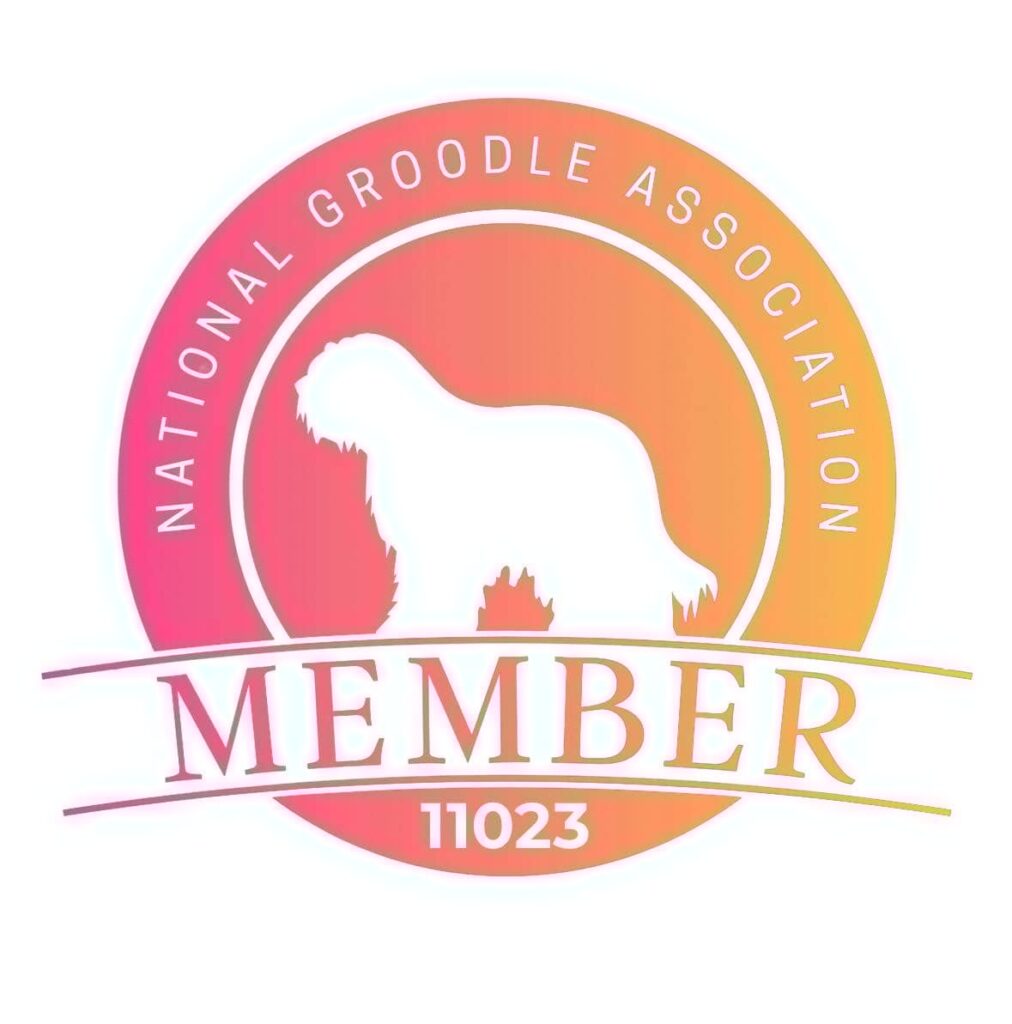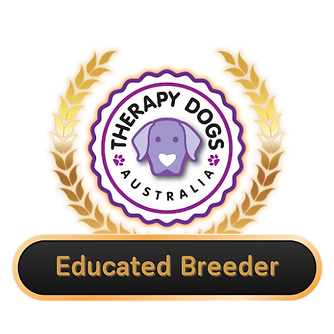 If you’ve ever considered bringing home an oodle breed like a Groodle, you’ve likely heard about their reputation for being low-shedding or hypoallergenic.
If you’ve ever considered bringing home an oodle breed like a Groodle, you’ve likely heard about their reputation for being low-shedding or hypoallergenic.
While it’s true that many oodles tend to shed less than their purebred counterparts, shedding can still vary widely within these hybrid breeds.
What influences shedding in oodle breeds? Let’s explore the genetic factors and other key determinants.
1. Parent Breed Genetics
One of the most significant factors influencing shedding in oodle breeds is the genetics inherited from their parent breeds. Oodle dogs are typically a mix of a Poodle and another breed (or multiple breeds). Poodles are known for their low-shedding characteristics, thanks to their curly, single-layered coat. However, if the other parent breed contributes genes for a different type of coat, such as a double-layered or straight-haired coat, the offspring may inherit a variety of shedding tendencies.
For example, if a Labrador Retriever, known for its moderate to heavy shedding, is one of the parent breeds, the resulting oodle puppies may exhibit varying degrees of shedding. On the other hand, breeds like the Bichon Frise or Maltese, which are known for their low-shedding qualities, may produce oodles with minimal shedding. This is why its extremely difficult to get labradoodles with a desirable ‘oodle’ coat in early generations, taking many breedings down the line to get it right. Due to the Golden Retriever length of coat and genetic differences, it is possible from the very first generation to get a fully furnished, low shed fleece coat if you select the poodle parent carefully, like we do here at Fairview Park Groodles.
2. Coat Type
In addition to the genetic influence of the parent breeds, the type of coat an oodle inherits plays a significant role in shedding tendencies. Coats can range from straight to wavy to curly. Curly or woolly coats, which are reminiscent of the Poodle’s coat, often shed less because the loose hair is trapped within the curls, reducing the amount of hair that ends up on your floors and furniture.
3. Generational Differences
The generation of the oodle can also affect shedding. An F1 (first-generation) oodle, resulting from a direct cross between a Poodle and another breed, may display a wider range of shedding tendencies. In contrast, an F1b oodle, which is produced by breeding an F1 oodle back to a Poodle (or another oodle), tends to have more consistent low-shedding qualities.
4. Individual Variation
Just as in purebred dogs, there can be significant individual variation within oodle breeds. Even if you have two oodle puppies from the same litter, one may shed more than the other. Individual factors like genetics, health, and environmental influences can all contribute to these differences.
5. Grooming Practices
Regular grooming practices can significantly impact shedding in oodle breeds. Proper grooming, including regular brushing and occasional professional grooming, helps manage loose hair and reduce shedding. Keeping the coat clean and well-maintained can make a noticeable difference in shedding levels.
Our practices at Fairview Park Groodles
While a F1b or later generation is less likely to shed than an F1, we carefully match the genetics through DNA testing of both parents to ensure the pairing is going to result in ‘fully furnished’ pups with fleece or wool coats.
Our experience and knowledge result in our puppies being low to no shed, regardless of the generation. However as the above explains there can be variations between litters and pups within litters as genetics can sometimes result in variations and throwbacks to previous generations with regard to coat, size and other factors. However, shedding groodle with a fleece or wool coat is very different to a shedding hair dog. You may see some of their coat in the brush or little ‘tumbleweeds’ around the house, especially when they shed their puppy coat or at certain times of year, but it is unlikely to be to the extent of seeing large amounts on your furniture, clothes etc.
If you need a low-no shedding dog due to allergies it is recommended that you look at a generation beyond an F1 and spend some time with the puppy before taking it home. However due to the nature of the Groodle coat (fleece or wool) shedding or non shedding may or may not be an issue depending on the allergy due to the differences in the coat from a hair coated dog.
Conclusion
Shedding in oodle breeds is influenced by a combination of genetic factors, including the parent breeds, coat type, and generational differences.
However, it’s crucial to remember that there are no guarantees, and individual variation is common. If you’re considering an oodle breed and are concerned about shedding due to allergies or other factors, spending time with the specific dog or puppy you’re interested in and discussing shedding tendencies us is essential. With proper care and attention, you can enjoy the delightful company of your oodle companion, whether they shed a little or not at all.






